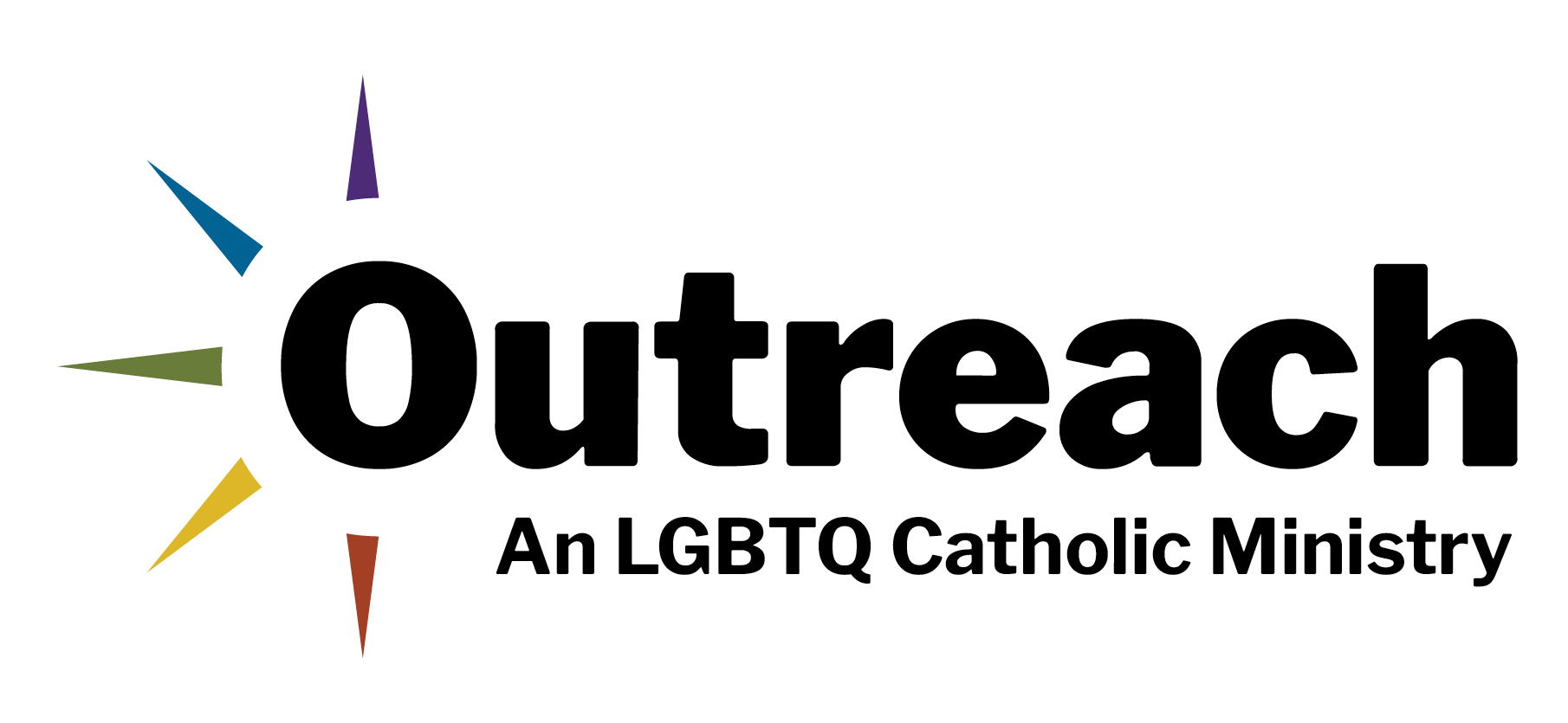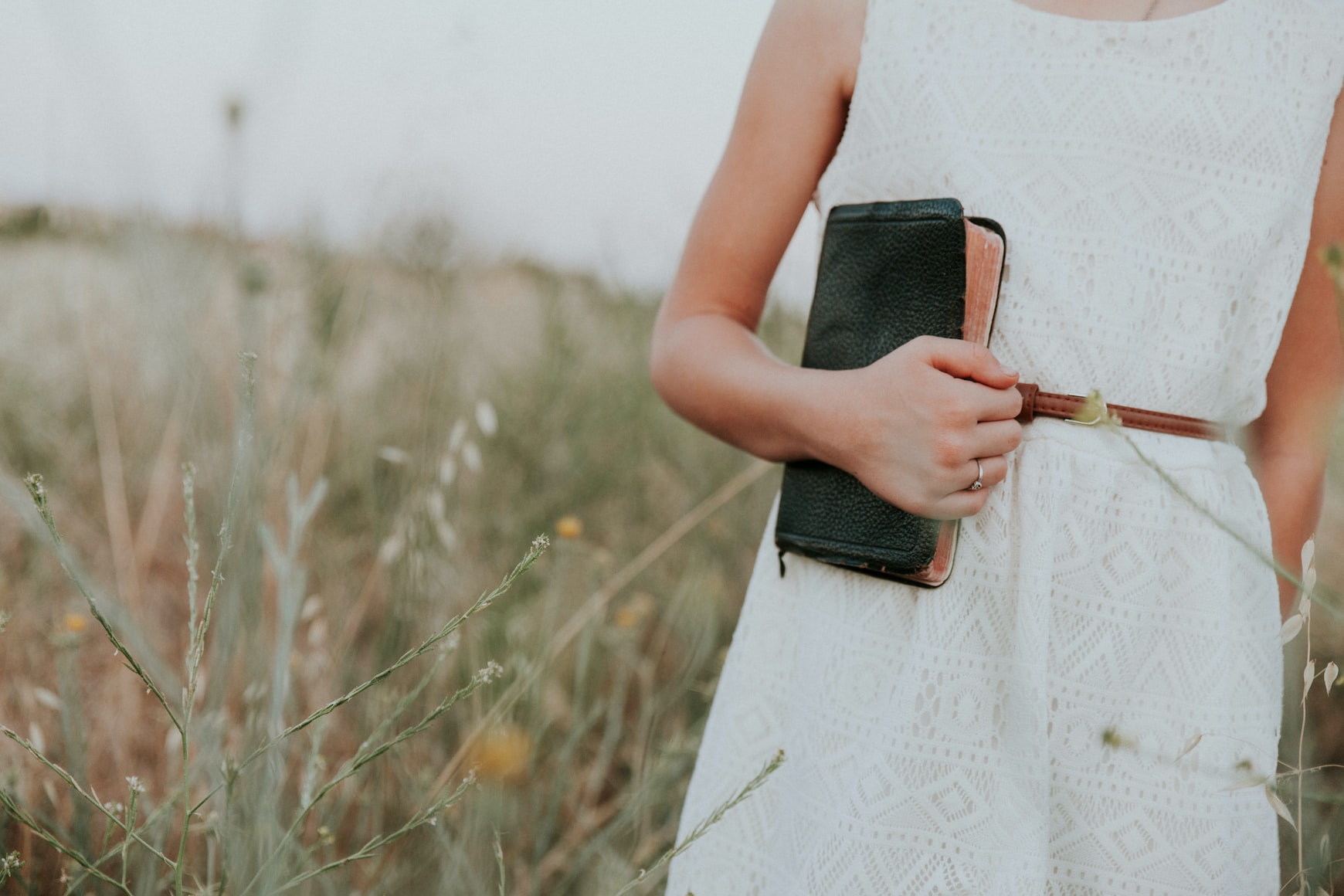The past two years have been traumatic for everyone, from healthcare workers to school children, from college graduates to young professionals learning the office rules from their kitchen table. The stay-at-home orders and isolation of living alone, teleworking and moving across the country during the pandemic has, for many, prompted a reflection on how we protect our mental and physical health and how we process old traumas.
As I tried to cope with the pandemic, I also found myself re-examining old wounds connected to my religious identity and sexuality as a 23-year-old Catholic, coming of age and out of the closet.
I grew up in a northwestern Chicago suburb, attending Mass at the same parish for over 17 years after my family relocated to the area when I was five. As a weekly attendee at Mass and during holy days of obligation, I learned the importance of religion at a young age. I attended religious education classes from my parish for kindergarten through confirmation.
Given that my extended family lived a good distance from us–three states away—their involvement in my religious upbringing cemented its importance in my life. Relatives who never visited us in Chicago made the trip for my first Communion and confirmation.
Unlike the education I received at my parish, my parents created a warm, welcoming and affirming environment for me at home, encouraging me to hold my own beliefs and challenge gender-codified language in the church.
This environment of care and compassion stood diametrically opposed to my parish education, which was steeped in purity culture, sexual shame and guilt-based theology. Honestly, it was not until the start of the pandemic, after working in LGBTQ historical religious research, that I learned what the word “purity culture” even meant, and that I was intimately affected by this umbrella term of ideologies.
When I first encountered the word “purity culture,” I was unfamiliar with the term and how it described my experience. It is a markedly modern phenomenon, one that still exists today and that is often conflated with white evangelical purity culture.
“Years of silence about queerness and homophobia, both blatant and implied, instilled in me a fear that my family would reject me and that religion would be more important than this part of myself.”
I was born in the late 1990s and attended the girls-only True Beauty retreat in middle school, at the height of the purity culture movement in the early 2000s. But how did my experience compare to those of white, straight women online—an experience accessible through online chat boards, social media and bound in hardcover?
The True Beauty retreat lasted only a weekend but its lessons solidified a sexual theology passively woven into years of my religious education.
Dropped off at the church on Friday night, we were treated to a dinner prior to an abbreviated evening Mass where each girl walked up the central aisle of the church to place a white rose in a vase on the altar in homage to Mary, the supreme paragon of virginity.
The rest of the night was filled with a makeover session at a retreat focused on inner beauty and break-out prayer discussions hosted by older youth ministers at my church. After years of cautionary tales about “Suzy Creamcheese” in religious education classes, I learned what avoiding her mistakes would take if I “put in the work.”
Along with metaphors about candles, sticks of gum and roses, we were encouraged to pray that our future husbands would find us, and that we would have the strength to remain pure, both of mind and body. This purity was not for our own sake, but for theirs.
I was in middle school, but I remember coming home and laughing off the retreat. My parents were shocked by the victim blaming—asking young, impressionable women to censor how they dress and act to avoid attracting unwanted attention from men—and disgusted by the “slut-shaming” of young women for their thoughts and actions.
The retreat reaffirmed the practice of self-policing my actions, learned quite well from years of reconciliation, but a practice that was far more toxic when applied to my sexual identity. “Hate the sin, love the sinner” is nice until you realize you cannot separate the two.
I walked away from the retreat upset but not shaken. Was this anything I had not heard before? No. But it was not until I began reflecting more than a decade later that I realized how those lessons had stuck with and shaped me more than I wanted to admit.
I am a 23-year-old openly queer woman who has been out to my family and friends for six months. It’s taken me my whole life to share this identity with others because of the lessons from this retreat.
“I censored my thoughts, repressed my desires and practiced a sexlessness of mind and body that contributed to bodily trauma and shame.”
Years of silence about queerness and homophobia, both blatant and implied, instilled in me a fear that my family would reject me and that religion would be more important than this part of myself. I feared would have to give up faith if I wanted to be queer. It was a choice to be queer, I learned, a choice to put myself before my faith.
Along with this fear surrounding my attraction to women, I learned, as a middle schooler, that it was my responsibility and well within my capacity to remain sexually pure of mind and body. The sexual thoughts and desires of young, developing women are completely normal and natural, but I was not given the spiritual bandwidth to process it. If I was attracted to men and, dare I say, women—a topic, at best, ignored by my church—I was told this was because my faith was not strong enough to control my desires. I was making “the wrong choice”: choosing myself over God.
I censored my thoughts, repressed my desires and practiced a sexlessness of mind and body that contributed to bodily trauma and shame. It was not until this past year, when many were re-examining cultures of misogyny, homophobia and racism in the workplace and world, that I began to look inward, and finally discovered the words to identify a voiceless experience that made me feel so deeply unloved and sinful.
It was not until I hit my emotional and physical breaking point during the pandemic that I began to strip away the excuses I had made for religious educators and my church about childhood lessons that still haunt me.
Surrounded by friends who openly identify as queer, including Christian pastors who openly affirm and accept queer people, I learned for the first time, at 22-year-old, that it was okay for me to be bisexual and religious. Speaking with LGBTQ individuals raised in evangelical churches in Indiana, I learned what purity culture was, and for the first time, I had had validation, that my experiences surrounding female sexuality should not be universal.
It was the traumatic re-opening of a wound from my childhood that never quite healed. But it was important to acknowledge that for 20 years, I had been hurt by my church, that I had forgiven things that actively harmed myself and the people that I love.
For 22 years, I had been able to forgive things that my church had done to me and my community. I don’t know why, but somehow I could forgive the fact that same-sex couples couldn’t marry in the church, although I disagreed with that stance. I could forgive that I learned, like many others, guilt-based theology and shame surrounding queerness. I could forgive that homophobia and transphobia were still embedded concepts within the church.
But it was not until last summer that I looked back at my broken and bruised middle-school self, terrified that she would burn for things beyond her control, that I realized how warped my idea of forgiveness was for my church.
For the first time in my life as a fervent Catholic woman who prays every night before bed, whose family rosaries are her most valuable possessions, who was baptized and confirmed in the church, I realized that the church I loved unconditionally did not love me in the same way back.
For the first time, I realized that the church was never built to include or protect me; it was not planning to support and uplift people struggling to feel loved at times of gender and sexual crisis, like I was. In fact, it was constructed to do the opposite.
“Surrounded by friends who openly identify as queer, including Christian pastors who openly affirm and accept queer people, I learned for the first time, at 22-year-old, that it was okay for me to be bisexual and religious.”
I do not know the exact moment of this revelation—maybe it was on a website reading through a person’s first vow of purity or transcribing an oral history interview—but I remember it washing over me, stinging that deep hurt like seawater. The hurt surrounding purity culture, internalized homophobia and the guilt surrounding my identity had always been there since that fateful middle-school retreat, and probably much earlier from lessons learned with Velcro sheep and laminated scriptures.
But it took me a long time to look down and see that I was bleeding, that my community was bleeding, because of something my church had done and still does. I know it will take all my strength to recover, and that it will likely shake and reshape my faith along the way, but I refuse to heal alone.
I am eager to carve out a place for myself in this church, eager to share my own story of hurt and healing so that the next person doesn’t feel alone in their experience. It is important that my voice is heard so that others can develop the empathy to love and support someone like me and work with us to dismantle the systems that still cause us harm.




